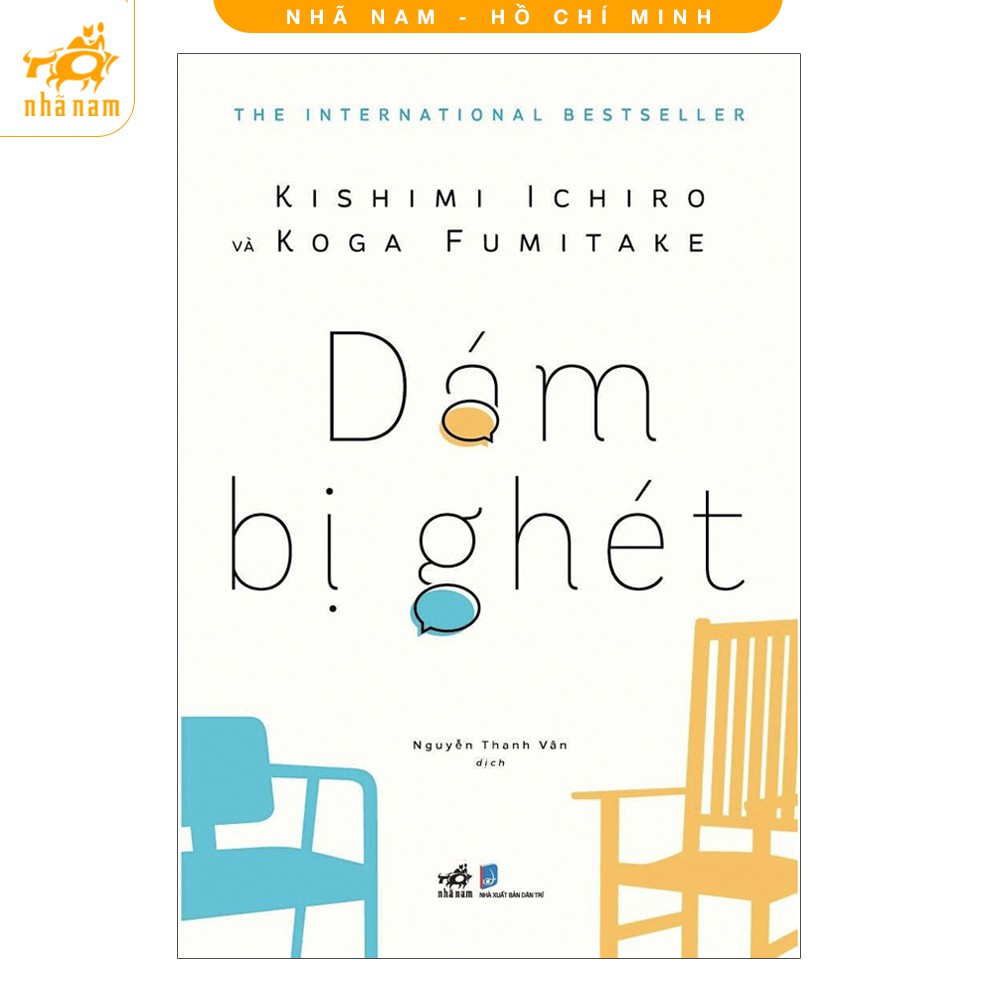Hồi hộp

Hồi hộp là trạng thái tinh thần không chắc chắn, lo âu, không quyết đoán hoặc nghi ngờ.[1] Trong một tác phẩm có tính chất kịch, hồi hộp là việc dự đoán về kết quả của một âm mưu, hoặc tìm ra giải pháp cho một điều gì đó không chắc chắn, hay có thể là câu đố hoặc điều bí ẩn nào đó,[2][3][4][5] đặc biệt là khi nó tác động đến nhân vật mà người ta thương cảm.[4] Tuy nhiên, hồi hộp không chỉ xuất hiện duy nhất trong tiểu thuyết.
Tham khảo
[sửa | sửa mã nguồn]Chú thích
[sửa | sửa mã nguồn]Nguồn
[sửa | sửa mã nguồn]- Baroni, R. (2007), La tension narrative. Suspense, curiosité, surprise, Paris: Éditions du Seuil
- Beckson, Karl; Ganz, Arthur (1989), Literary Terms: A Dictionary (ấn bản thứ 3), New York: Noonday Press, LCCN 88-34368
- W. Brewer (1996). “The Nature of Narrative Suspense and the Problem of Rereading”. Trong Vorderer, P.; H. J. Wulff; M. Friedrichsen (biên tập). Suspense: Conceptualizations, theoretical analyses, and empirical explorations. Mahwah: Lawrence Erlbaum Associates.
- Carey, Gary; Snodgrass, Mary Ellen (1999), A Multicultural Dictionary of Literary Terms, Jefferson: McFarland & Company, ISBN 0-7864-0552-X
- R. Gerrig (1989). “Suspense in the Absence of Uncertainty”. Journal of Memory and Language. 28 (6): 633–648. doi:10.1016/0749-596X(89)90001-6.
- Harmon, William (2012), A Handbook to Literature (ấn bản thứ 12), Boston: Longman, ISBN 978-0-205-02401-8
- Henry, Laurie (1995), The Fiction Dictionary, Cincinnati: Story Press, ISBN 1-884910-05-X
- Walton, K. (1990), Mimesis as Make-Believe, Cambridge: Harvard University Press
- Webster's Seventh New Collegiate Dictionary, Springfield: G. & C. Merriam Company, 1969
- R. Yanal (1996). “The Paradox of Suspense”. British Journal of Aesthetics. 36 (2): 146–158. doi:10.1093/bjaesthetics/36.2.146.
Xem thêm
[sửa | sửa mã nguồn]- Baroni, R. (2009). L'oeuvre du temps. Poétique de la discordance narrative, Paris: Seuil.
- Brooks, P. (1984). Reading for the Plot: Design and Intention in Narrative, Cambridge: Harvard University Press.
- Grivel, C. (1973). Production de l'intérêt romanesque, Paris & The Hague: Mouton.
- Kiebel, E.M. (2009). The Effect of Directed Forgetting on Completed and Interrupted Tasks. Presented at the 2nd Annual Student-Faculty Research Celebration at Winona State University, Winona MN. See online [1].
- McKinney, F. (1935). "Studies in the retention of interrupted learning activities", Journal of Comparative Psychology, vol n° 19(2), p. 265–296.
- Phelan, J. (1989). Reading People, Reading Plots: Character, Progression, and the Interpretation of Narrative, Chicago, University of Chicago Press.
- Prieto-Pablos, J. (1998). "The Paradox of Suspense", Poetics, n° 26, p. 99–113.
- Ryan, M.-L. (1991), Possible Worlds, Artificial Intelligence, and Narrative Theory, Bloomington: Indiana University Press.
- Schaper, E. (1968), "Aristotle's Catharsis and Aesthetic Pleasure", The Philosophical Quarterly, vol. 18, n° 71, p. 131–143.
- Sternberg, M. (1978), Expositional Modes and Temporal Ordering in Fiction, Baltimore and London: Johns Hopkins University Press.
- Sternberg, M. (1992), "Telling in Time (II): Chronology, Teleology, Narrativity", Poetics Today, n° 11, p. 901–948.
- Sternberg, M. (2001), "How Narrativity Makes a Difference", Narrative, n° 9, (2), p. 115–122.
- Van Bergen, A. (1968) Task interruption. Amsterdam: North-Holland Publishing Company.
- Vorderer, P., H. Wulff & M. Friedrichsen (eds) (1996). Suspense. Conceptualizations, Theoretical Analyses, and Empirical Explorations, Mahwah: Lawrence Erlbaum Associates.
- Zeigarnik, B. (1927). Das Behalten erledigter und unerledigter Handlungen. Psychologische Forschung, 9, 1–85.
- Zeigarnik, B. (1967). On finished and unfinished tasks. In W. D. Ellis (Ed.), A sourcebook of Gestalt psychology, New York: Humanities press.
Chúng tôi bán
![[Sách] Những cô em gái - Nguyễn Nhật Ánh](https://down-ws-vn.img.susercontent.com/15910be8b1f00f27ed5c124482bcbcfd.webp) GIẢM
13%
GIẢM
13%
34.800 ₫
40.000 ₫
 GIẢM
22%
GIẢM
22%
70.000 ₫
90.000 ₫
 GIẢM
25%
GIẢM
25%
70.000 ₫
93.000 ₫
 GIẢM
19%
GIẢM
19%
220.000 ₫
270.000 ₫
 GIẢM
17%
GIẢM
17%
100.000 ₫
120.000 ₫
 GIẢM
47%
GIẢM
47%
32.000 ₫
60.000 ₫



